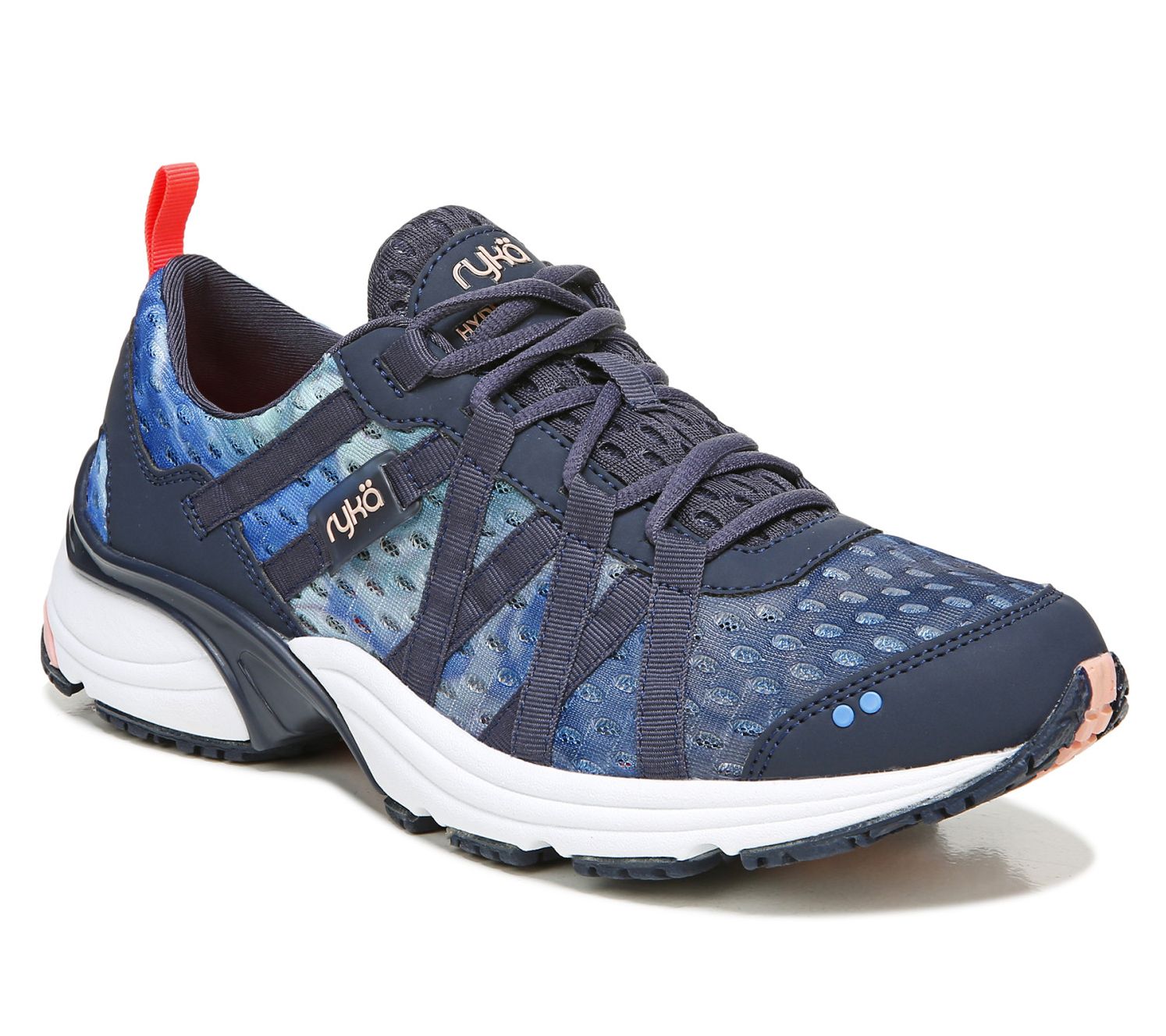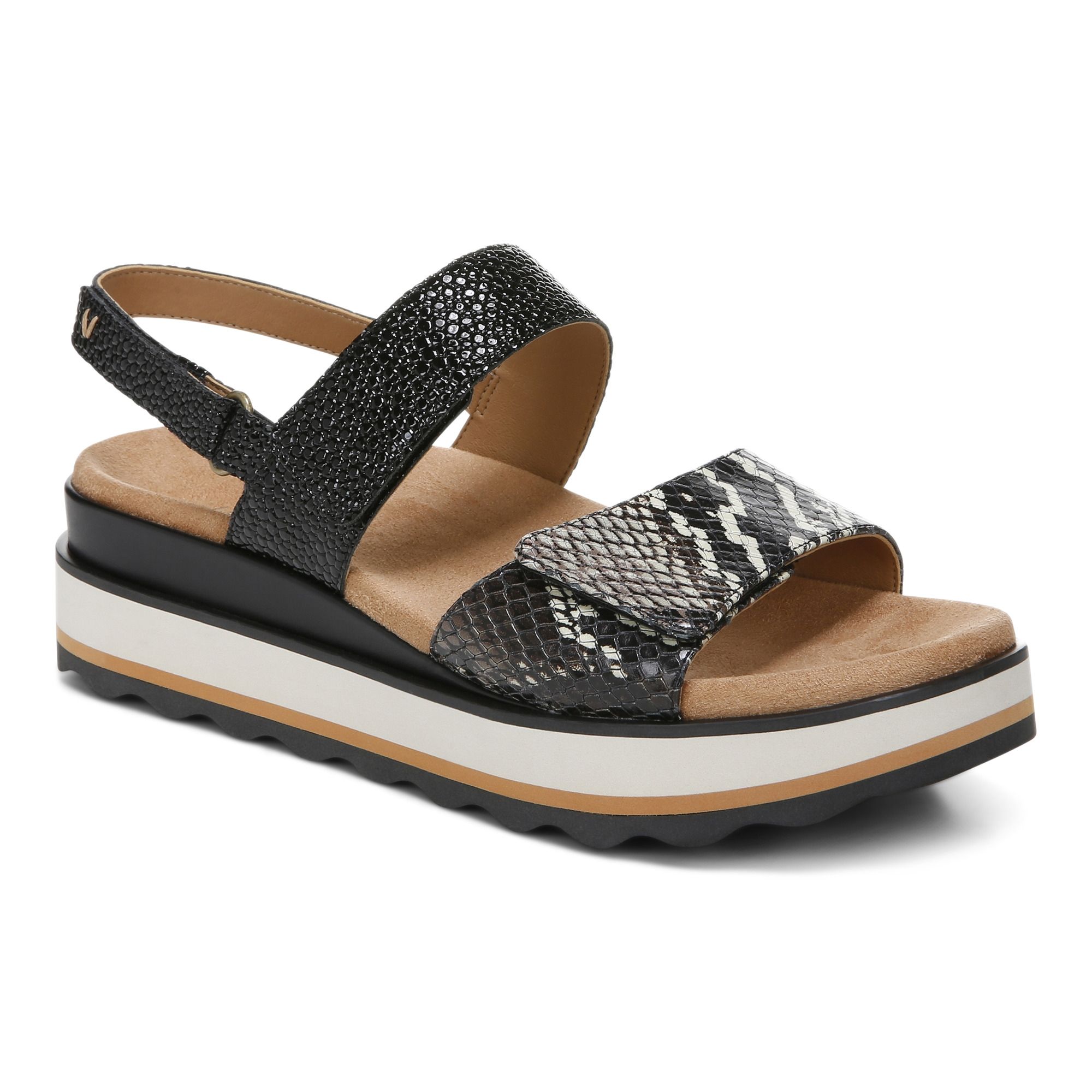Women’s Vitamin-FF Knit Sports Sneakers | FitFlop US
A sleek superlight sports sneaker, will help you move more and feel great. Biomechanically engineered for exercise and casual running, but equally good for upping your everyday activity.
This Vitamin, a sleek superlight sports sneaker, will help you move more and feel great. Biomechanically engineered for exercise and casual running, but equally good for upping your everyday activity – from speedwalking to work or cycling round town. A stretchy, breathable, pull-on knit upper gives extra support at the sides and arch. On our new Neodynamic™ midsole: light high-rebound cushioning with a springy central carbon plate that propels you forward and smooths out movement. Flexible yet stable, superbly supportive. These are movement-motivating magic.
- Upper Material:Nylon-mix knit, TPU rubber
- Lining Material:Microfibre (toe only), Antibacterial Mesh Footbed
- Fastening:Pull-on (with laces)
- Outsole:Slip-Resistant Rubber
- Technology:Neodynamic
NEODYNAMICTM
Our soft springy NeodynamicTM midsole is specifically designed to encourage FLUID FORWARD NATURAL MOVEMENT.
- Made from light, responsive, super-high-rebound EVA cushioning that springs back up after each step and reduces impact.
- With a springy central carbon-fibre plate that propels you forward.
Additional information
| Upper Material | Nylon-mix knit, TPU rubber |
|---|---|
| Lining Material | Microfibre (toe only), Antibacterial Mesh Footbed |
| Fastening | Pull-on (with laces) |
| Outsole | Slip-Resistant Rubber |
| Technology | Neodynamic |


)
)




by Debbie
Very comfortable, sturdy yet light weight shoe. I would purchase again.
by Nancy
These shoes were comfortable from the first minute I put them on. They fit well – true to size. My only difficulty is in getting them on – they do slip on but it’s hard to get the heel on correctly. I think I’ll adjust!
by Quinton
I love these trainers they fit lovely and are very comfy would definitely recommend.
I ordered a 6 as I have a 6 in other brands of trainers but had to exchange for a 5.1/2 as they were too big. My refund was given in a matter of days a very efficient customer services at Fitflop. Thank you